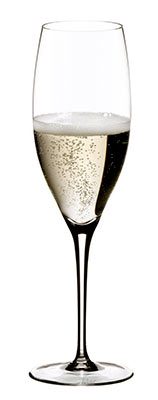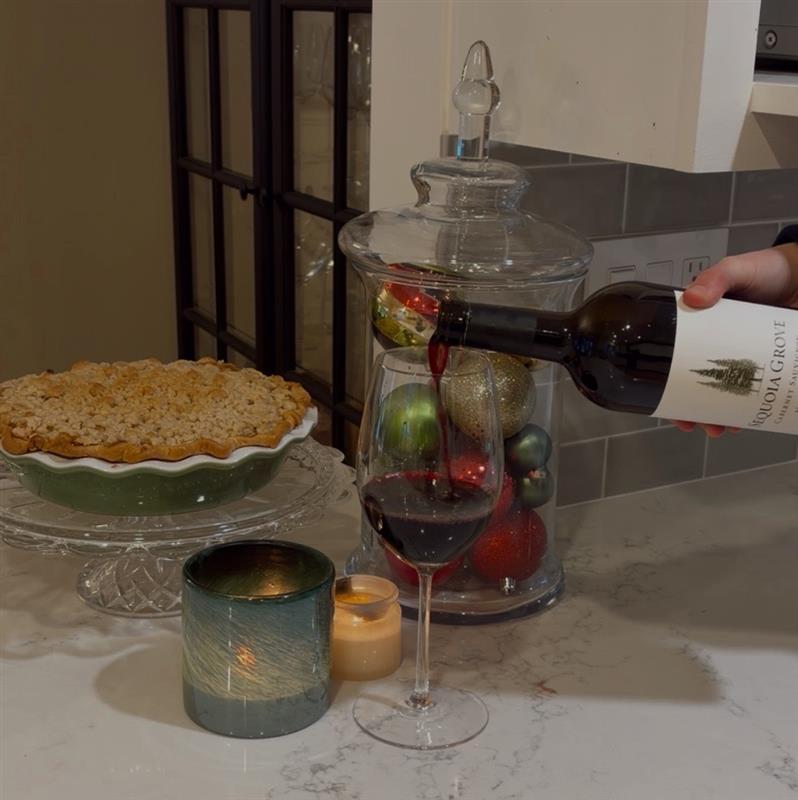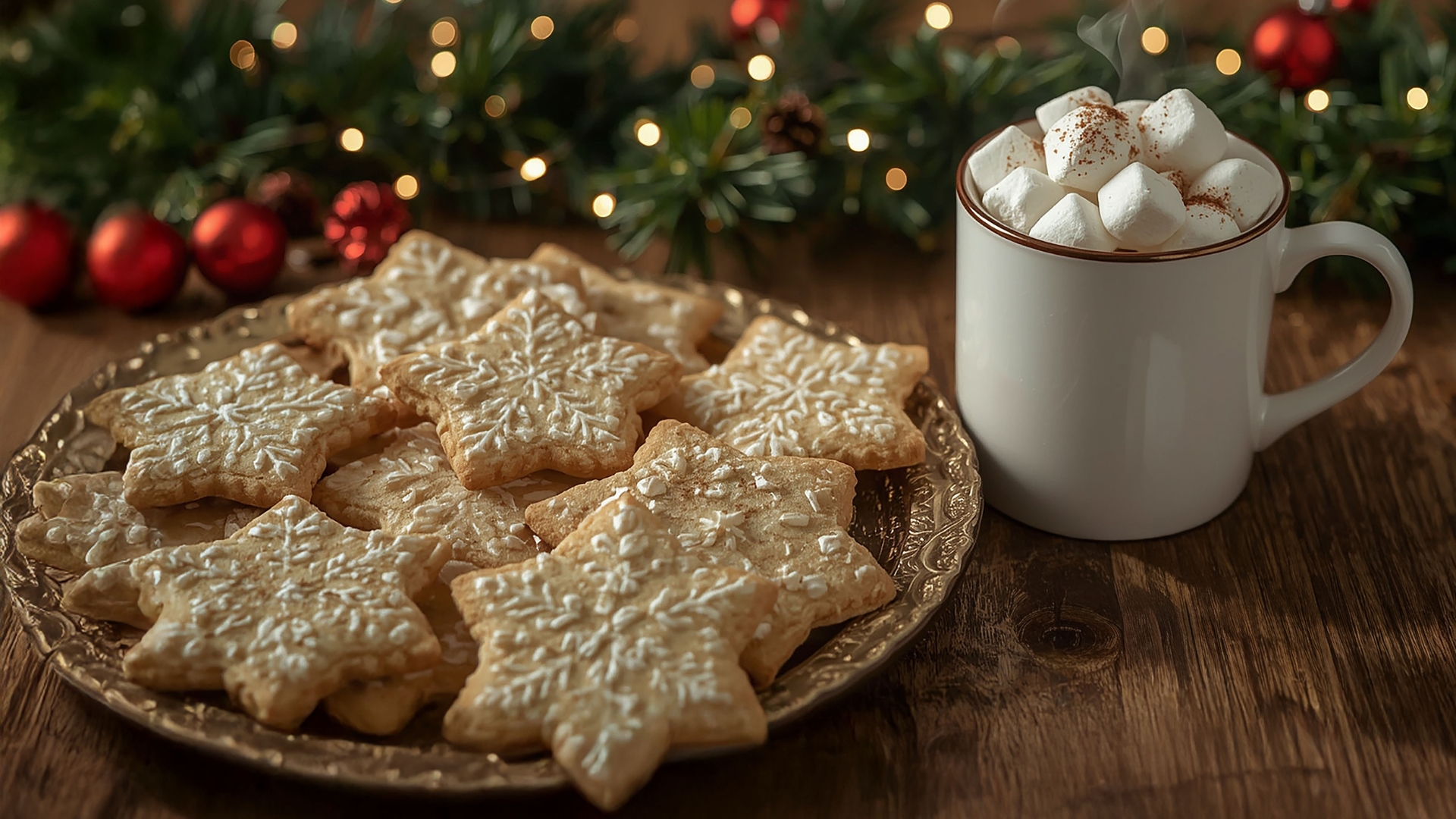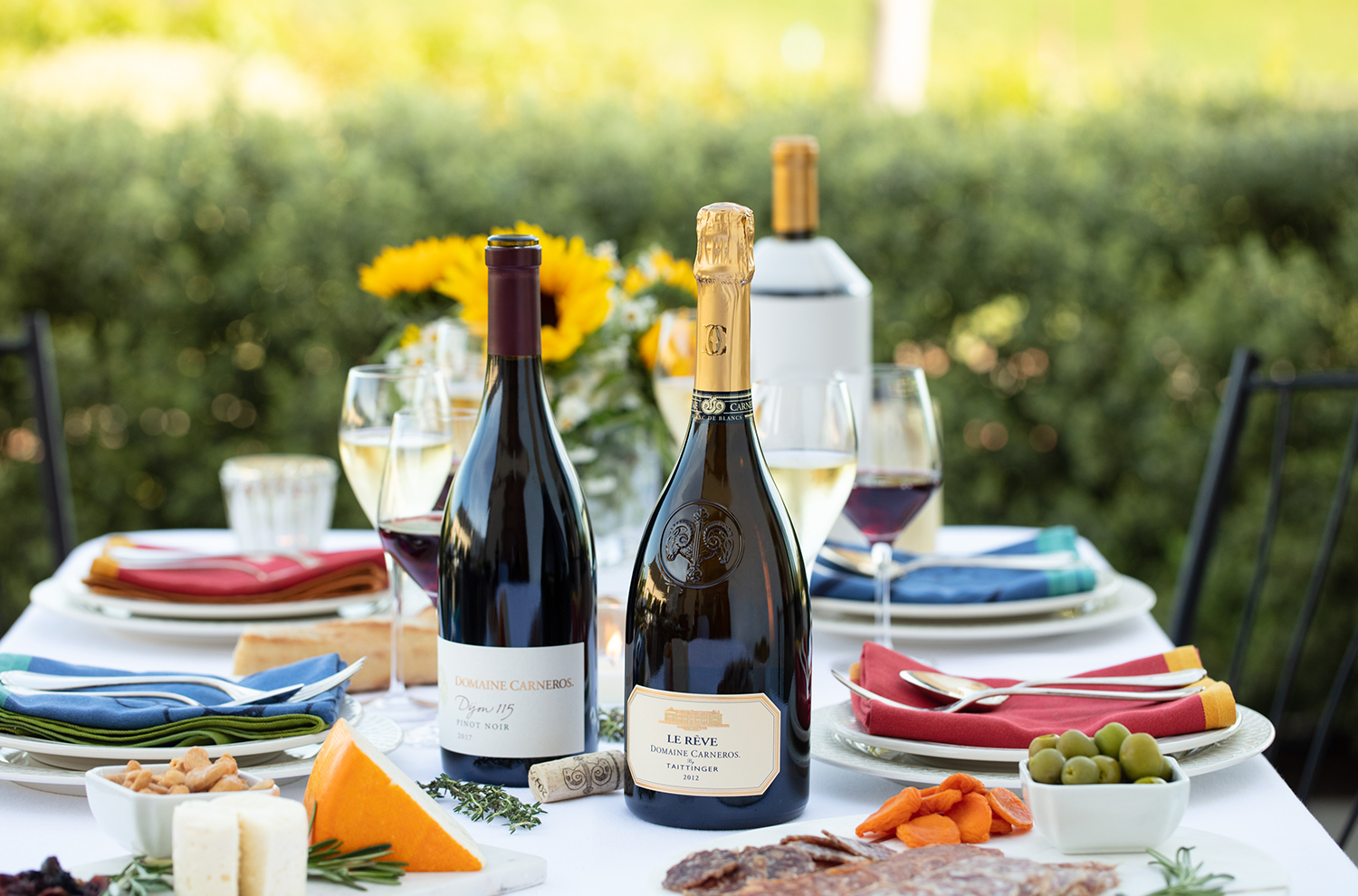First: there is Champagne, and there is sparkling wine.
Champagne is a sparkling wine made by the methode champenoise (Champagne Method) in the region of Champagne, France. And it is capitalized, because it is the name of a place (you wouldn’t type “new york,” would you?) If it is not from Champagne, then please do not call it Champagne.
Yes, this does seem to be one of those snobby rules, but once you have tasted “real” Champagne, you will understand why the French get so upset about people calling anything with bubbles, “Champagne.” No offense to the other places that make bubbly wine, but there is simply no contest between real Champagne and everything else that sparkles.
Now that I’m off that high horse, understand that I point this fact out not so you can run around and correct people at the New Year’s party, but rather so you won’t feel foolish when/if someone corrects you. Yes, 99% of the people will call everything sparkling “Champagne,” and if you are a nice person, you will politely nod, smile, and think to yourself “oh, what a cad.” It’s kind of like your grandfather calling your new Lexus a “Toyota” — he doesn’t know any better, he doesn’t mean any harm, and there’s no point in embarrassing him for his ignorance.
That said, the rest of this article will deal with Champagne; we’ll cover other sparkling wines in the future.
Champagne Types and Styles: What to Buy
Generally speaking, the most expensive bubbly is “vintage” Champagne, but that does not necessarily mean it is the best. What “vintage” means is that all the grapes were taken from one specific year — and doing this tends to be a fairly expensive process, depending on the yields (crop size) that year, barrel aging, storage demands, and other factors. Indeed, a “vintage” Champagne will tend to be the most complex a Champagne “house” makes — and with that complexity comes a price starting in the sixty-dollar range (at a big-chain discount wine shop) and go into the hundreds of dollars (yes, for one bottle).
If you’re not an avid connoisseur, and just want to enjoy something fancy and authentic, your best bet is to buy a non-vintage (or, “NV”) Champagne, which could be as little as thirty bucks (though, most start at a price closer to $45). A non-vintage sparkler is made with grapes blended from several different years, but more importantly, is made in the “house style.” This means that a Champagne house will consider the NV their signature bottling, and try to make it in the same style, with nearly the same flavors, all the time. In other words, you can count on a NV from a particular house to be the same year in and year out. It may not be as precise a formula as Coca-Cola, but it will be pretty darn consistent as far as wine goes.
But which one to choose? If you are just starting to get into the real thing, don’t fret too much about which bottle to pick. As long as it says “Champagne, France” on the label, the quality will be good and you’ll be happy with your purchase. A great idea is to throw a Champagne party for New Year’s, and designate each person to bring a different brand of NV, so you can taste them side by side and find out which style you like best. My favorite non-vintage Champagne comes from Taittinger, a house that is known for growing and using more Chardonnay than any other Champagne producer.
Beyond the vintage/non-vintage issue, the main thing to look for on a Champagne label is one of these words/phrases:
Brut Nature – completely dry, with no sweetness whatsoever.
Extra Brut – pretty darn dry, with anywhere from 0 to 6 grams per liter (g/L) residual sugar.
Brut – dry, but with just enough sweetness to be palatable for people who enjoy dry white wines. This is the type you’ll see most often in wine shops; it has up to 12 g/L residual sugar.
Extra Dry – 12-17 g/L residual sugar, which means it’s going to be a bit sweeter than Brut.
Dry/Sec – 17-32 g/L residual sugar. It’s much sweeter than Brut. You’re unlikely to find it in the USA, except perhaps at super-fancy, specialty wine shops.
Demi-sec – 35-50g/liter residual sugar. It’s sweet, but Champagne has enough acidity to balance out the sweetness and so it’s still palatable — and quite enjoyable with desserts.
Doux – at 50+ g/L sugar, this is the sweetest Champagne of all. You likely won’t see it in the USA, but in case you do, know that it is exceptionally sweet — it’s essentially dessert in a glass.
Generally speaking, you’ll probably want to stick with a Brut style — particularly if you’re hosting a party (it’s the most crowd-pleasing style) and/or you’re serving your bubbly with food.
Serving Champagne
Champagne needs to be cold, and the best way to get it cold is to chill it in a bucket of ice water for about 30 minutes. If you have a polished silver or genuine crystal Champagne bucket embossed with the family crest, that’s great, but don’t fret if you don’t have anything so fancy; any bucket-like container will do. For example, a Home Depot bucket, a beach pail, or even a stock pot will do the trick, so long as it can hold ice water and the bottle. And if that “Homer” bucket isn’t looking festive enough for you, surely you can get creative with some inspiration from Pinterest.
Insider tip! Here’s a trick that will get you out of a warm bottle jam. Let’s say the guests are about to arrive, or it’s a quarter to midnight on New Year’s Eve, and you’ve forgotten to chill the bubbly. Fill your bucket about halfway with warm (yes, warm!) water, and add about a cup and a half to two cups of salt. Stir it up until the salt is complete mixed in, then add the bottle and as much ice as will fit. As saltwater freezes at a much lower temperature than plain water, the bottle should be nicely chilled in about ten minutes. Need it even quicker? Pour in a bottle of rubbing alcohol or cheap vodka to drop the freeze point even lower. Just don’t use the ice cubes for drinks afterwards.
 When serving sparkling wine, use whatever you want — martini glasses, Styrofoam cups, shelled coconuts, whatever. When serving Champagne, please please please use real glass or lead-crystal Champagne flutes (see the photo of my favorite, from Riedel). Stay away from the large-mouthed “Marie Antoinette” glasses (also known as a coupe) — use those for serving sherbert. The big mouth will let all the wonderful bubbles escape in seconds. Use good flutes that are tall and narrow so that the bubbles and the aromas stay inside the glass. Pour the Champagne in small doses in several glasses at once, then top off each as the bubbles subside. A good Champagne should take you three or four go-arounds to fill the flutes.
When serving sparkling wine, use whatever you want — martini glasses, Styrofoam cups, shelled coconuts, whatever. When serving Champagne, please please please use real glass or lead-crystal Champagne flutes (see the photo of my favorite, from Riedel). Stay away from the large-mouthed “Marie Antoinette” glasses (also known as a coupe) — use those for serving sherbert. The big mouth will let all the wonderful bubbles escape in seconds. Use good flutes that are tall and narrow so that the bubbles and the aromas stay inside the glass. Pour the Champagne in small doses in several glasses at once, then top off each as the bubbles subside. A good Champagne should take you three or four go-arounds to fill the flutes.
Opening a Champagne Bottle
The loud “pop” of a Champagne bottle evokes instant visions of celebration and happiness. However, the louder the pop of the cork, the worse it is for the bubbles: the pop is the sound of effervescence escaping!
That said, open a cheap bottle of sparkling wine for entertainment effect and ambiance, and open your Champagne bottles quietly. The removal of the cork should be no louder than a mouse fart (yes, you read that right and yes, that’s the sound).
To accomplish this, take your time and remove the cork slowly; you will actually be pushing the cork in a little as you turn the bottle and pull it away from the cork.
When in the process of opening, Always always always have one hand over the cork, to keep it from knocking someone’s eye out if it gets loose before expected. This is no laughing matter: the pressure inside a bottle of Champagne is three times that of a car tire, and a direct hit can cause serious damage. A good idea is to use two small dish or hand towels: one held over the cage and cork, and one to help grip the cold wet bottle. Start by removing the foil on the outside of the capsule — remember, one hand on top of the cork, the other hand removing the foil. There will be a wire cage with a little loop that you need to pull down and twist; most take about four twists to loosen. DO NOT REMOVE THE CAGE, as it will help you get and keep a firm hold on the cork. Grip the cork with your strong hand and turn the bottle slowly with the other. You want to turn the bottle and pull it away from the cork at the same time. Alternate between gently coaxing the cork out and pushing it back in until the cork is almost completely out. At that point, if you gently work it out you should get a slight hiss and a touch of what looks like smoke. (Read more on opening Champagne here.)
May the party begin!




